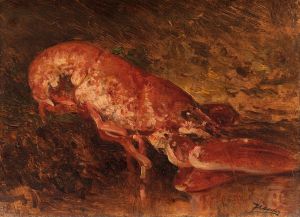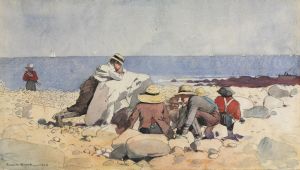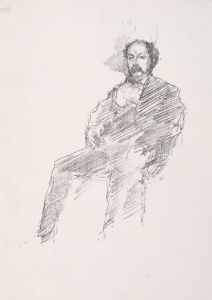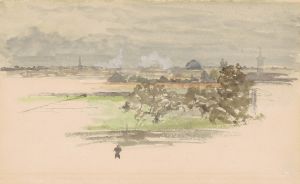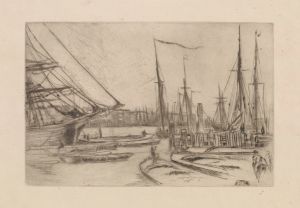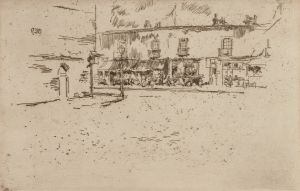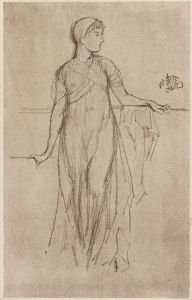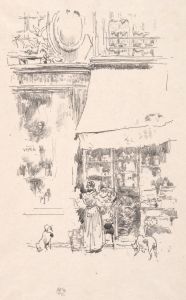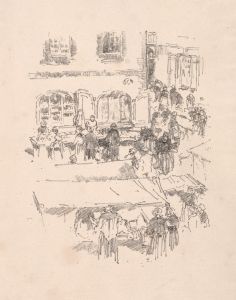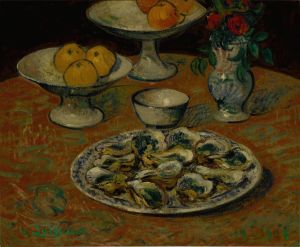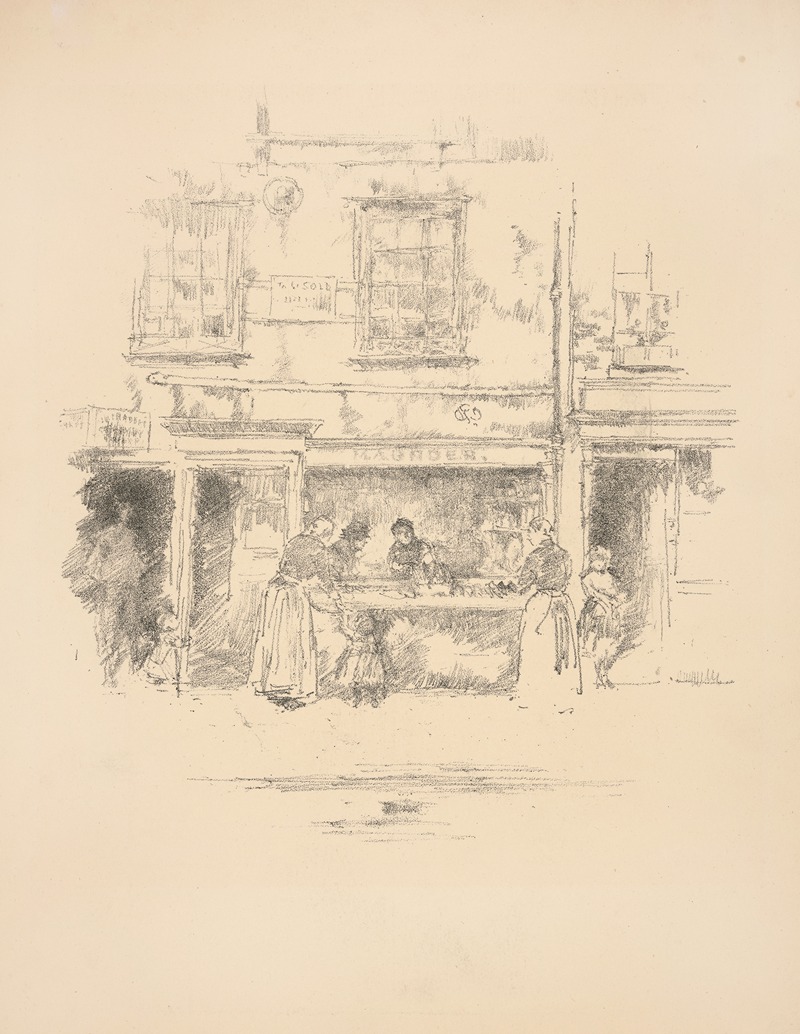
Maunder’s Fish-Shop, Chelsea
A hand-painted replica of James Abbott McNeill Whistler’s masterpiece Maunder’s Fish-Shop, Chelsea, meticulously crafted by professional artists to capture the true essence of the original. Each piece is created with museum-quality canvas and rare mineral pigments, carefully painted by experienced artists with delicate brushstrokes and rich, layered colors to perfectly recreate the texture of the original artwork. Unlike machine-printed reproductions, this hand-painted version brings the painting to life, infused with the artist’s emotions and skill in every stroke. Whether for personal collection or home decoration, it instantly elevates the artistic atmosphere of any space.
"Maunder’s Fish-Shop, Chelsea" is a painting by the American-born artist James Abbott McNeill Whistler, who is known for his distinctive style and significant contributions to the art world during the late 19th century. Whistler was an influential figure in the Aesthetic Movement, which emphasized the visual and sensual qualities of art and design over practical or narrative considerations.
James Abbott McNeill Whistler was born on July 10, 1834, in Lowell, Massachusetts, and spent much of his career in Europe, particularly in London. He is best known for his portraiture and his innovative use of color and composition. Whistler's work often focused on the interplay of light and shadow, and he was a master of tonal harmony.
"Maunder’s Fish-Shop, Chelsea" is one of Whistler's lesser-known works, but it exemplifies his interest in capturing the everyday life and urban scenes of his time. The painting depicts a fish shop in Chelsea, a district in London where Whistler lived for many years. Chelsea was a vibrant and bustling area, and Whistler was drawn to its lively streets and diverse inhabitants.
The painting is notable for its detailed and realistic portrayal of the fish shop, with its array of fresh fish and the activity of the shopkeepers and customers. Whistler's use of color and light in this work is particularly striking, as he captures the textures and sheen of the fish and the atmosphere of the shop. The composition is carefully balanced, with a focus on the central figures and the arrangement of the fish on display.
Whistler's technique in "Maunder’s Fish-Shop, Chelsea" reflects his broader artistic philosophy, which he articulated in his famous "Ten O'Clock Lecture" delivered in 1885. In this lecture, Whistler argued that art should be appreciated for its own sake, independent of moral or social messages. He believed that the artist's role was to create beauty and evoke an emotional response through the careful arrangement of color, form, and composition.
Throughout his career, Whistler faced both acclaim and controversy. He was known for his strong opinions and often clashed with art critics and other artists. Despite this, he left a lasting legacy and influenced many subsequent generations of artists. His work is characterized by its elegance, subtlety, and innovative approach to composition and color.
"Maunder’s Fish-Shop, Chelsea" is a testament to Whistler's ability to find beauty in the ordinary and to elevate everyday scenes to the level of fine art. The painting remains an important example of his work and offers insight into his artistic vision and the world he inhabited.
Today, Whistler's paintings are held in major museums and collections around the world, and he is remembered as one of the most important artists of his time. "Maunder’s Fish-Shop, Chelsea" continues to be appreciated for its artistic merit and its depiction of a slice of 19th-century London life.






